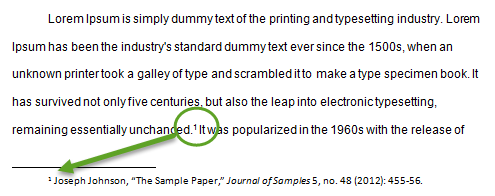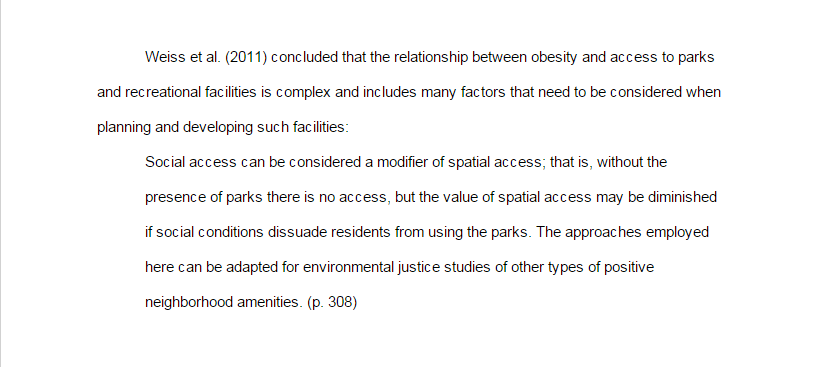Anatomy of a Citation
Two parts:
- in-text citation
- in the body
- reference list entry
- at the end
The in-text citation refers the reader to the reference list for complete citation information.

The in-text citation refers the reader to the reference list for complete citation information.

With the basic information, the reader can find the full citation at the end of the paper:

Full citation- With the following information, the reader should be able to find the article on her own.
unique alphanumeric code used to identify and locate an electronic article:
10.1126/science.1108752
http://doi.org/10.1126/science.1108752
address for a site or page on the worldwide web:
http://www.jstor.org/stable/3841924
Each style has its own rules about when to include or not include a DOI or URL:




